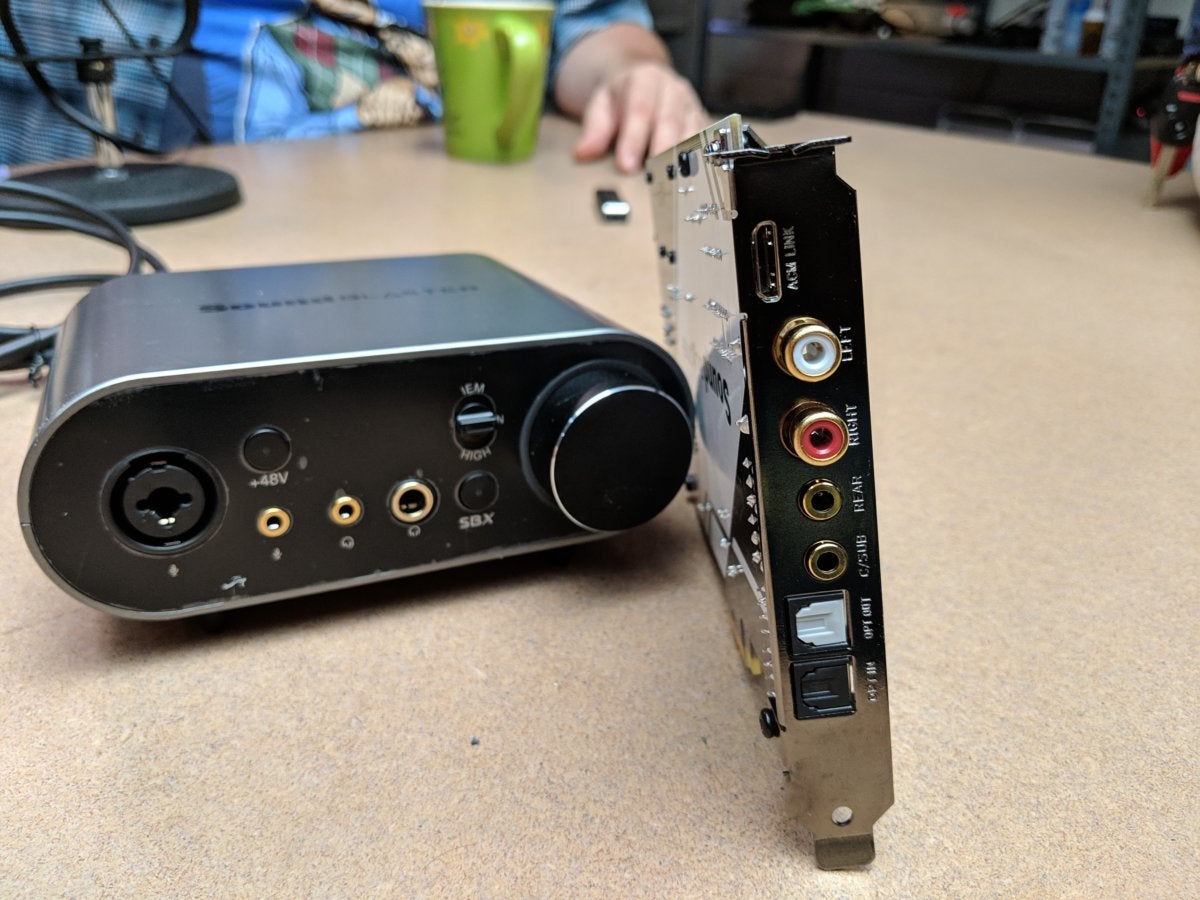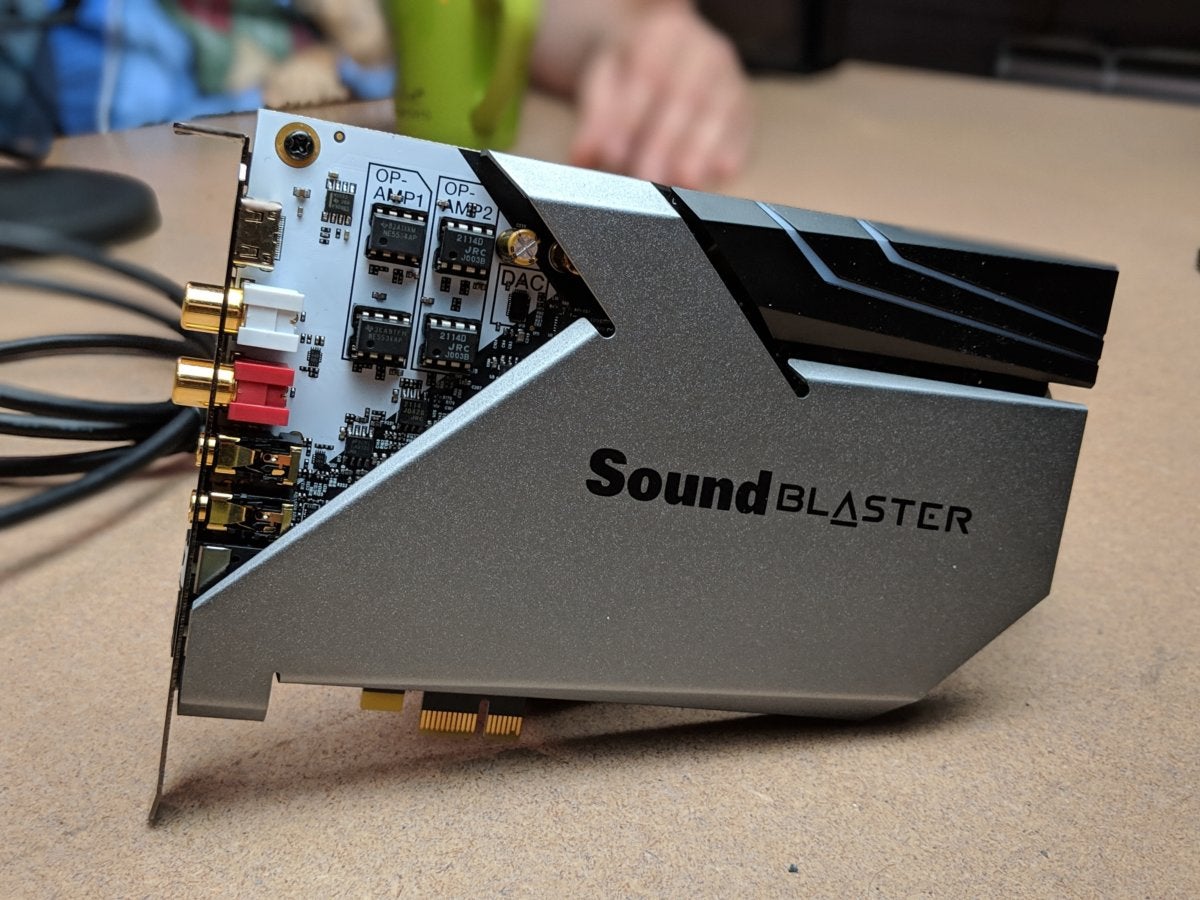Demand drives innovation.
Gordon Mah Ung
Today’s Best Tech Deals
Picked by PCWorld’s Editors
Top Deals On Great Products
Picked by Techconnect’s Editors
Q: Why can’t sound cards be more like video cards?
A: We assume that this question refers to the constant advances in graphics cards, where the release of new technology (like process shrinks and new microarchitectures) happens about every two years. Sound cards, on the other hand, tend to get released when they get released.
Why? Well…the truth is, not enough people care enough about discrete audio cards to warrant the same level of attention as discrete graphics cards. Take a random assortment of PC gamers, and the odds favor a majority saying, “Wow, this game looks incredible” instead of “Wow, this game sounds incredible.” (Even if, as the old joke goes, the reason they’re praising the graphics is because of an improved soundscape.) Not everyone will say this, of course—let’s just make that clear before a couple PCWorld staff members protest violently. But enough gamers do, thus leading to a slow drip of sound card releases.
(Yes, people use their PCs to listen to music too, but the number of folks doing that isn’t large, either.)
As a result, audiophiles must scavenge through slim pickings. Hop onto PCPartPicker.com and you’ll see a list of just 72 sound cards to choose from. And that’s starting from a blank slate—select a motherboard and that field narrows further. In contrast, you begin with a group of over 4,000 video cards for consideration.
 Gordon Mah Ung
Gordon Mah UngThe extreme bells and whistles of the Sound Blaster AE-9 ($350 USD) are nice to have, but they’re not necessary for high-quality audio in a PC. You can spend half as much for a mid-range card.
Fans of top-notch audio will find that disappointing (just as our resident PCWorld audiophiles do), but you don’t really need thousands of sound cards to exist in order to find one that suits your taste. Factors that weigh more heavily when picking a graphics card (like cooling, size, and small improvements in clock speed) don’t matter as much for an audio card.
If you’ve been struggling to find a worthwhile option, our top two sound card suggestions are the Creative Sound BlasterX AE-5 Plus ($150) as a mid-range option and the Creative Sound Blaster AE-7 ($230) or even AE-9 ($350) as a splurge. Should those not suit, consider expanding your search beyond internal PCI-E audio cards: We like Creative’s Sound Blaster X3 ($140), which is an external DAC / amp that’s USB-based and thus a little easier to troubleshoot if you run into any problems. It also puts more hardware controls by your hands.
If none of that tickles your fancy, start following the news from companies who’ve produced dedicated sound cards: Creative Labs, Asus, EVGA. Each has produced a card in recent years; perhaps what you’re seeking will hit shelves in the future.
Welcome to Ask an Expert, where we tackle your questions about PC building. Have your own burning concern? Shoot us an email at [email protected].
Note: When you purchase something after clicking links in our articles, we may earn a small commission. Read our affiliate link policy for more details.


